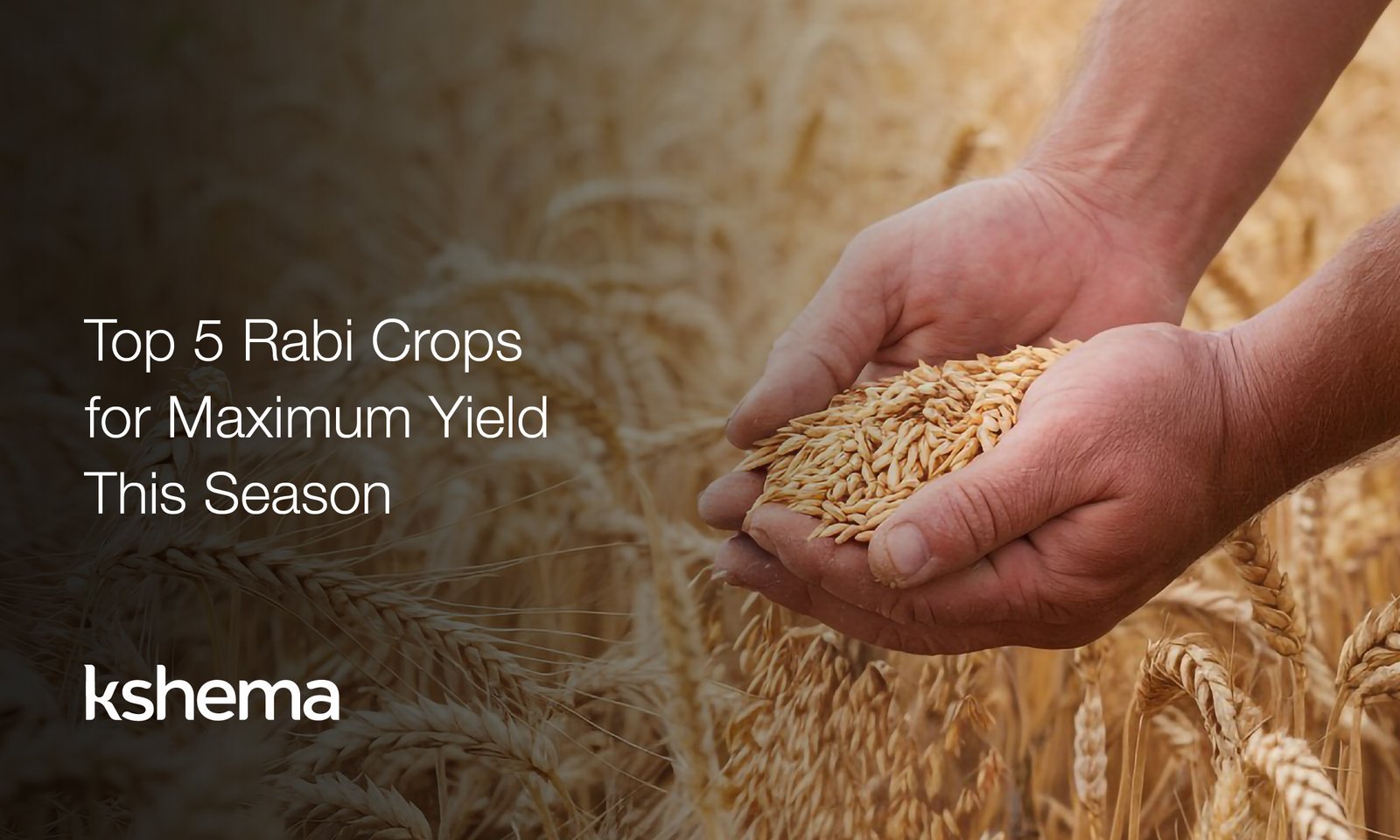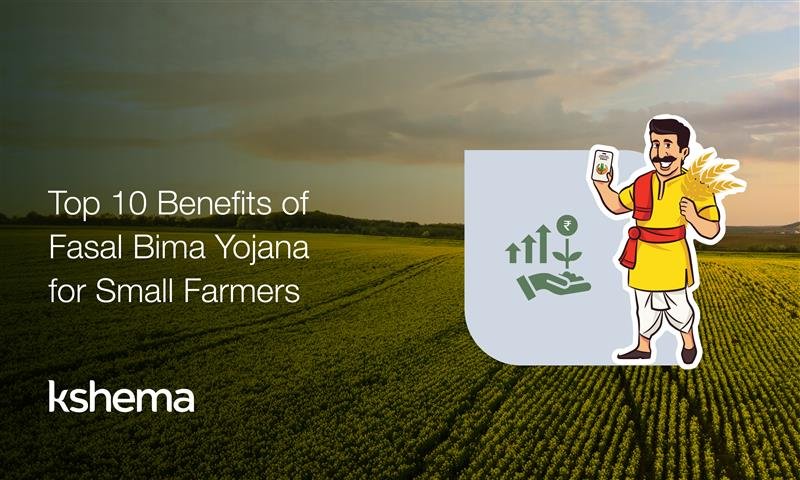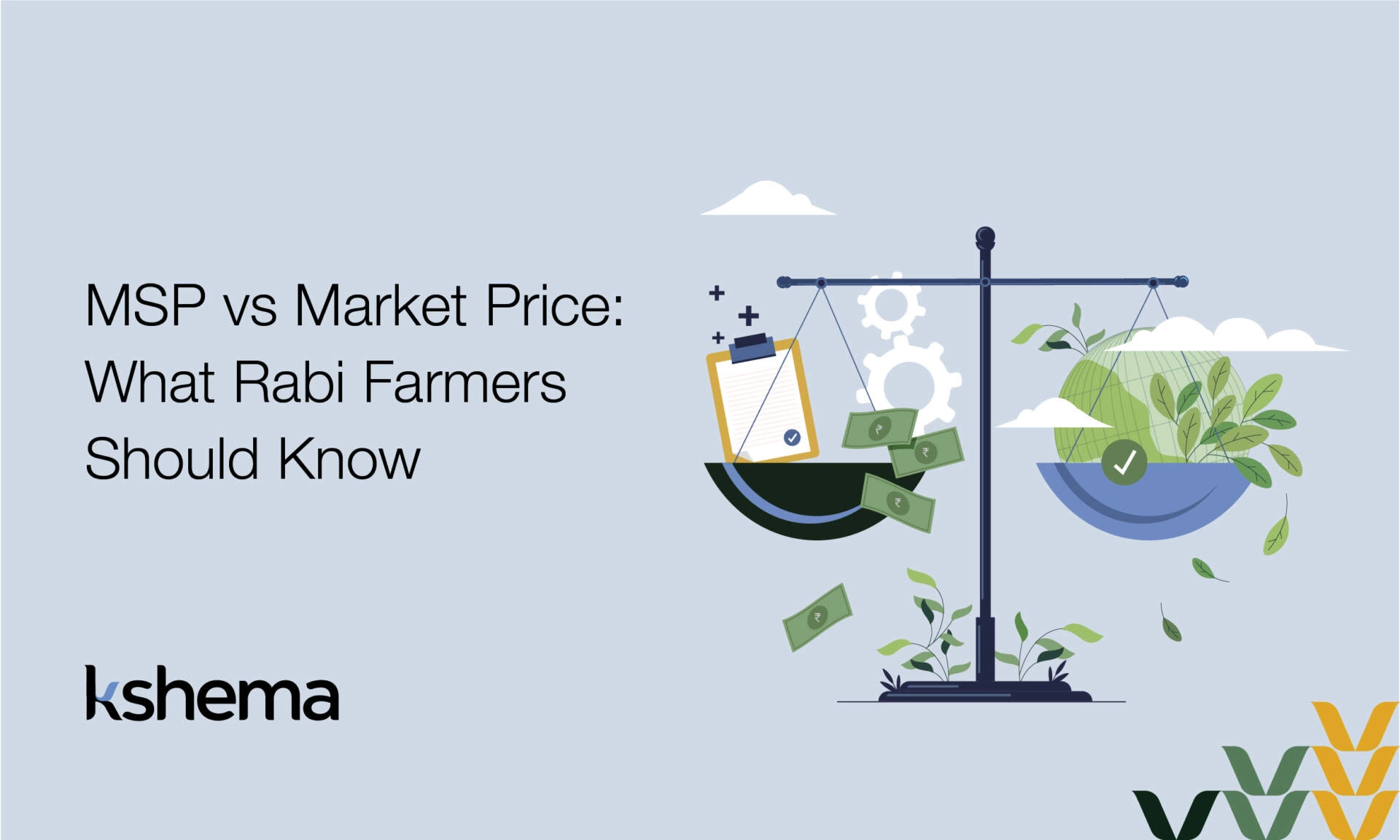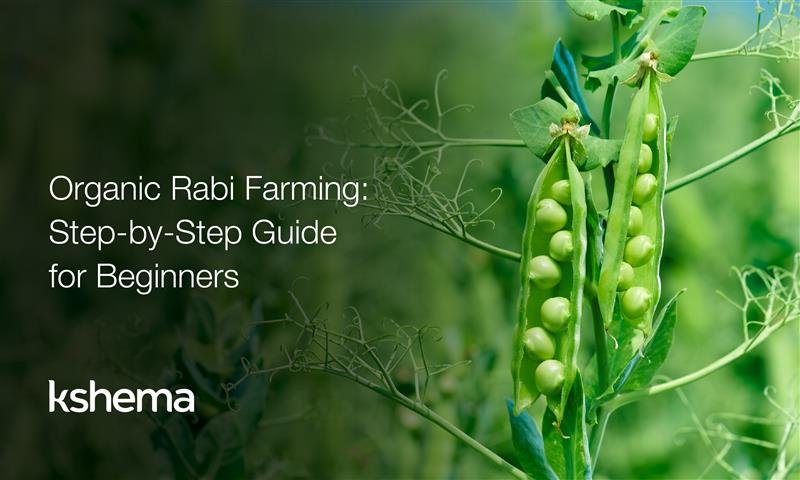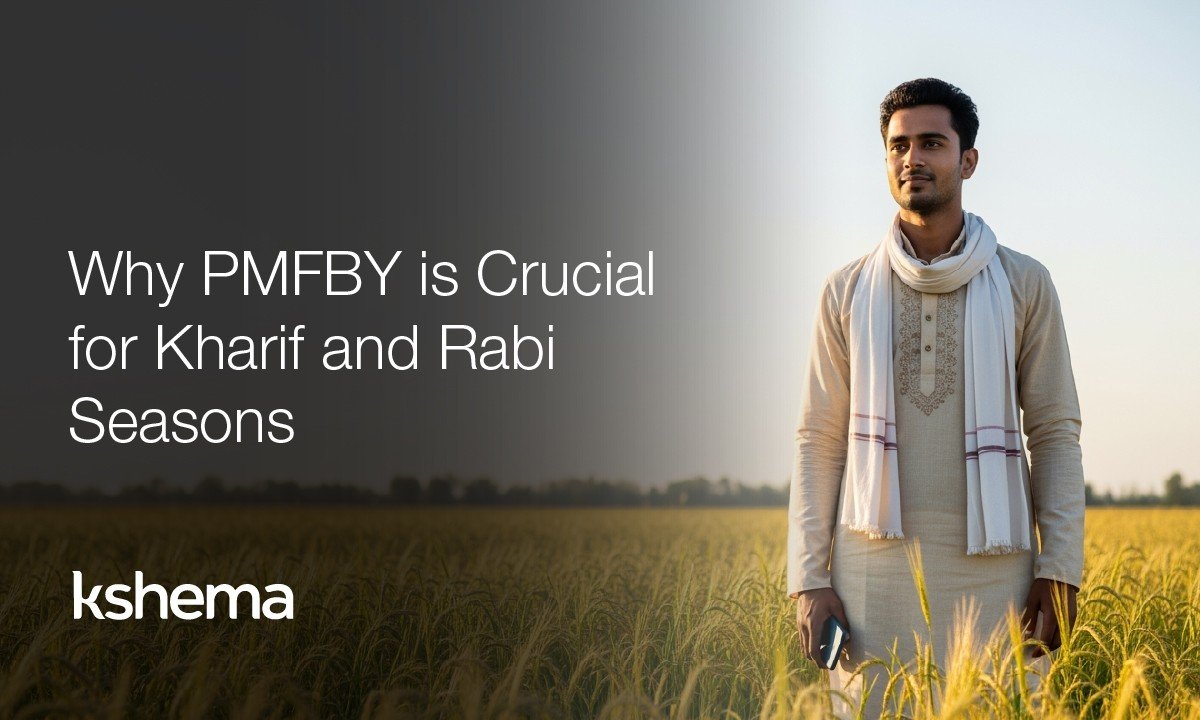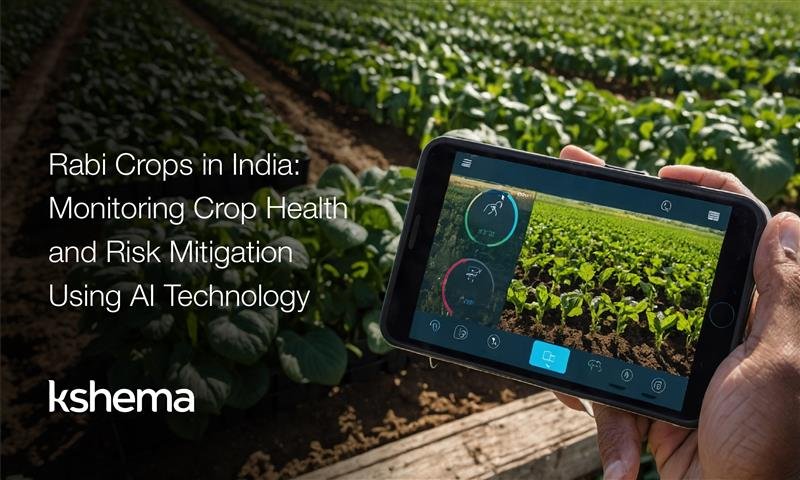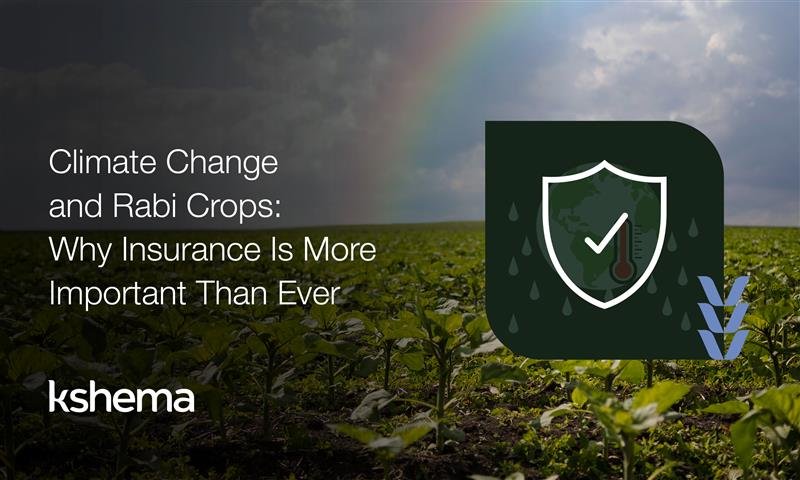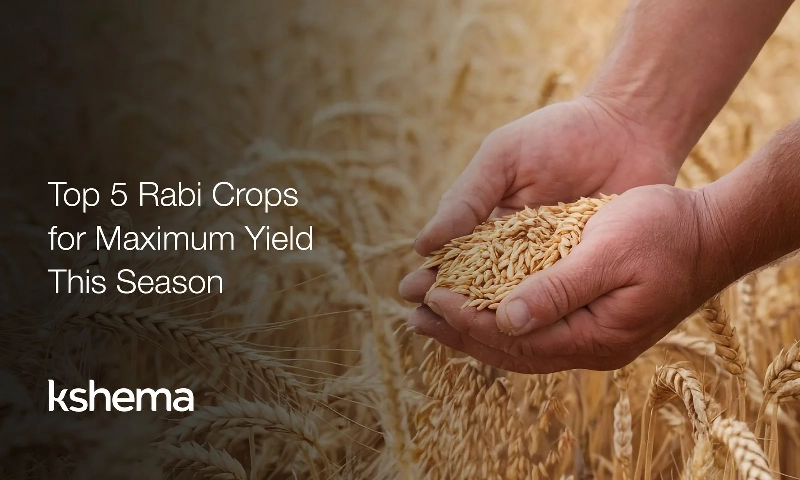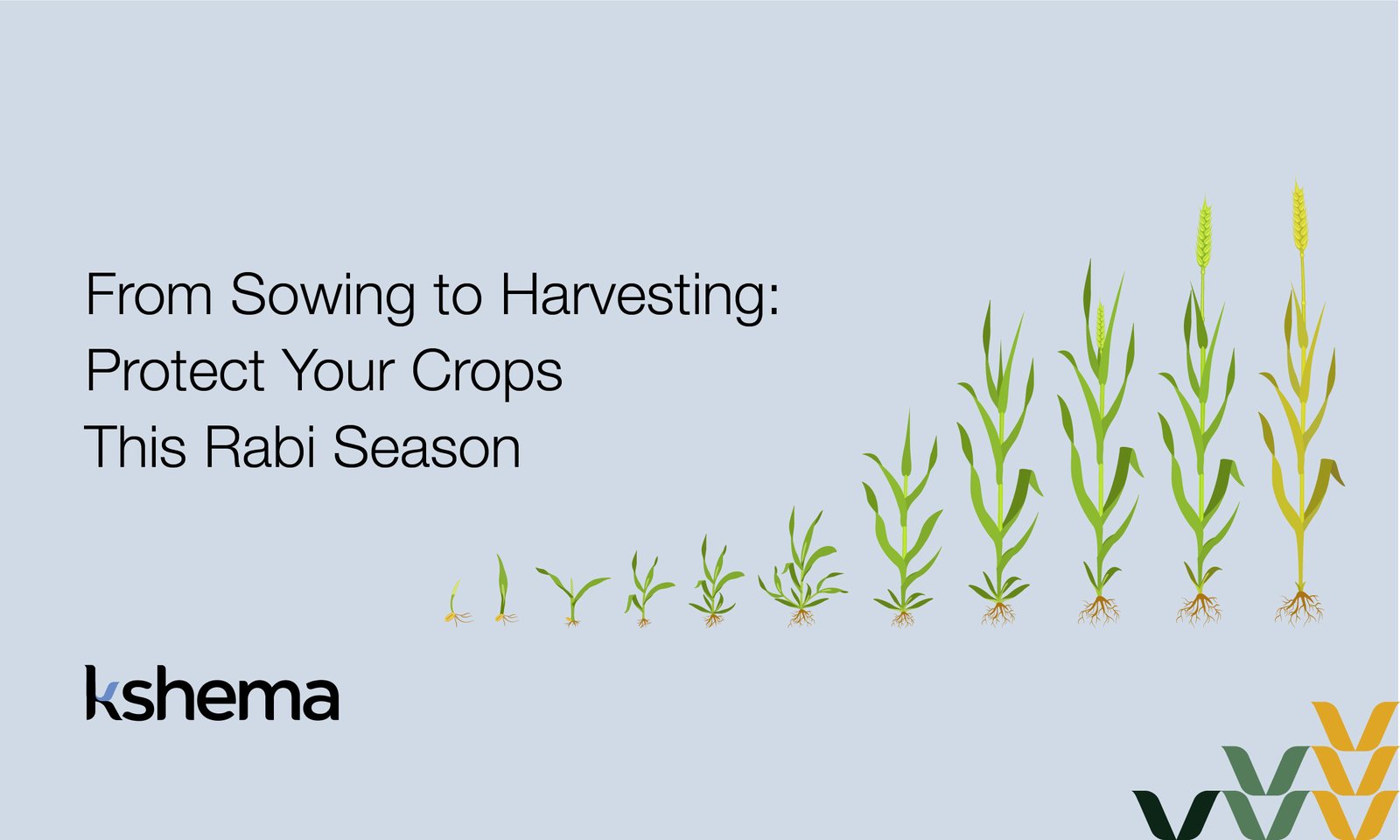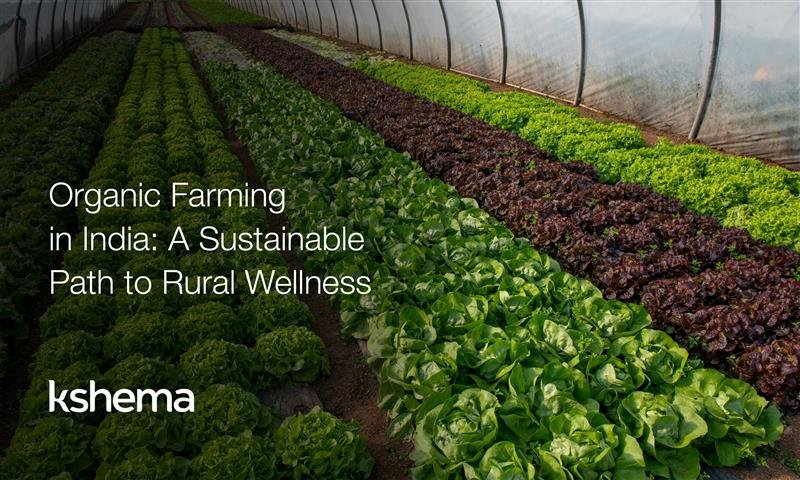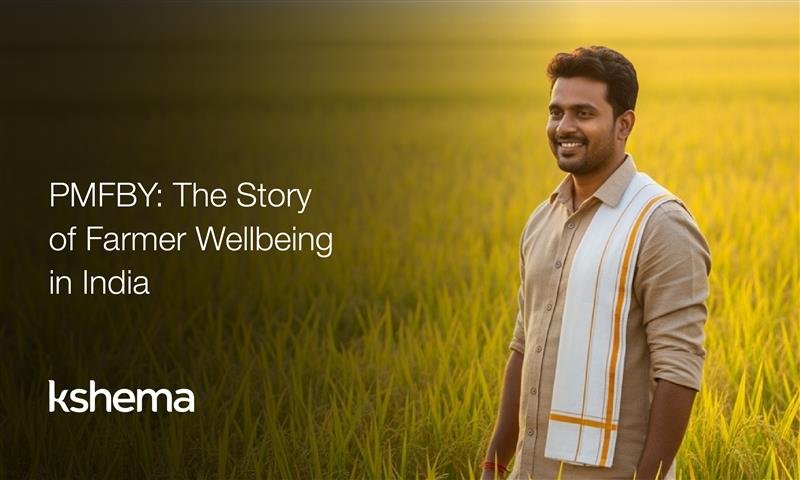Drones in Agriculture: Transforming Kharif Farming in India
India’s agricultural landscape is undergoing a quiet revolution — driven by the integration of advanced technologies in traditional farming practices. As we enter the Kharif season, which is critical for crops such as paddy, maize, cotton and soyabean, one such innovation is gaining significant ground: the use of drones in agriculture.
From mapping farmlands to spraying pesticides, drones are helping farmers boost productivity, reduce input costs, and make faster, data-driven decisions. As a crop insurer, Kshema recognises the immense value drones bring not just to cultivation, but to risk assessment, claims processing, and long-term resilience building.
What Are Agricultural Drones?
Agricultural drones, or UAVs (unmanned aerial vehicles), are specially designed to carry out tasks related to crop management. These drones are equipped with multispectral and thermal sensors, high-resolution cameras, and, in many cases, precision spraying equipment. With the ability to cover large swathes of farmland in a short time, they provide a bird’s-eye view of crop health and farm conditions — something that was unimaginable even a decade ago.
In India, particularly during the Kharif season when weather patterns are unpredictable and pests are more active, these drones offer real-time solutions to age-old farming challenges.
Key Applications of Drones in Kharif Farming
1. Crop Monitoring and Health Assessment
India’s agricultural landscape is undergoing a quiet revolution — driven by the integration of advanced technologies in traditional farming practices. As we enter the Kharif season, which is critical for crops such as paddy, maize, cotton and soyabean, one such innovation is gaining significant ground: the use of drones in agriculture.
By using NDVI (Normalised Difference Vegetation Index) sensors, drones can assess crop vigour and identify problems well before they become visible to the naked eye. Early detection during the Kharif season allows for timely corrective actions, resulting in healthier yields and lower losses.
2. Precision Agriculture and Input Management
One of the major advantages of using drones in agriculture is precision. Fertilisers, pesticides and weedicides can be sprayed only where needed, in the right quantities, and with uniform coverage. This not only reduces wastage and environmental impact but also significantly saves cost for farmers.
Kharif crops like cotton and paddy are particularly vulnerable to pests and fungal infections during monsoons. Drones can complete spraying operations even during short weather windows, ensuring that fields are protected without delay.
3. Land Mapping and Soil Health Analysis
Drones are being used to generate detailed field maps, identify variations in soil types, and assess slopes, drainage, and moisture levels. This information can help them make better decisions about sowing patterns, seed varieties, and irrigation planning.
With rainfall being erratic in many parts of India during the Kharif season, data-driven land preparation becomes even more critical. Drones provide a cost-effective way to collect such data and tailor farming practices to local conditions.
4. Post-Disaster Assessment and Crop Insurance Claims
As an insurer focused on protecting Indian farmers, Kshema sees technology as a partner in delivering timely and transparent services. Drones are playing a vital role in crop loss assessment after events like floods, hailstorms, or droughts — all of which are common risks during the Kharif period.
High-resolution drone images provide objective evidence of the extent and nature of damage, making it easier for insurance companies to process claims fairly and promptly. This not only strengthens farmer trust but also improves the credibility and sustainability of the insurance ecosystem.
Government Support and Industry Momentum
The Government of India has recognised the transformative potential of drones in agriculture. Through government schemes such as the Sub-Mission on Agricultural Mechanisation (SMAM), financial assistance is being provided to make drone services accessible to farmers and FPOs (Farmer Producer Organisations).
Several agri-tech start-ups have also entered the fray, offering drone-based services for spraying, mapping, and crop analytics. These services are now being bundled with advisory tools, insurance, and credit linkages — creating a holistic ecosystem for smarter farming.
Overcoming Challenges
While the momentum is encouraging, a few challenges still need to be addressed. These include the high initial cost of drones, lack of trained drone pilots in rural areas, and some regulatory complexities around drone operations and data sharing.
However, with increasing awareness, government push, and collaboration between insurers, start-ups and agri-extension services, these barriers are steadily being lowered. Training rural youth to operate drones not only bridges the skill gap but also opens employment opportunities.
The Road Ahead: Smarter, Safer Farming
As we look to the future, the use of drones in agriculture will only grow — becoming a cornerstone of precision farming and rural resilience. For Indian farmers, especially those dependent on Kharif crops and the monsoon’s mercy, drones offer a way to reduce uncertainty and improve outcomes.
At Kshema, we believe in supporting such innovations that align with our mission — protecting the future of farmers.
Conclusion
Kharif season is the lifeline of Indian agriculture. As climate risks rise and traditional methods reach their limits, embracing new technologies is not optional — it is essential. With drones flying over our fields, a new chapter in Indian agriculture is unfolding — one that promises higher productivity, better risk management, and a more secure future for our farmers
Frequently Asked Questions on Drones in Agriculture
1.How are drones used in agriculture in India?
Drones in agriculture are used for crop spraying, field mapping, soil analysis, and monitoring crop health, helping farmers save time and resources.
2. What are agricultural drone services for Indian farmers?
Agricultural drone services include spraying pesticides, monitoring crop growth, detecting pests, and providing real‑time data for precision farming.
3. What is drone farming in India?
Drone farming in India refers to the use of drones for sowing
Disclaimer:
“We do not assume any liability for any actions undertaken based on the information provided here. The information gathered from various sources and are displayed here for general guidance and does not constitute any professional advice or warranty of any kind.”






